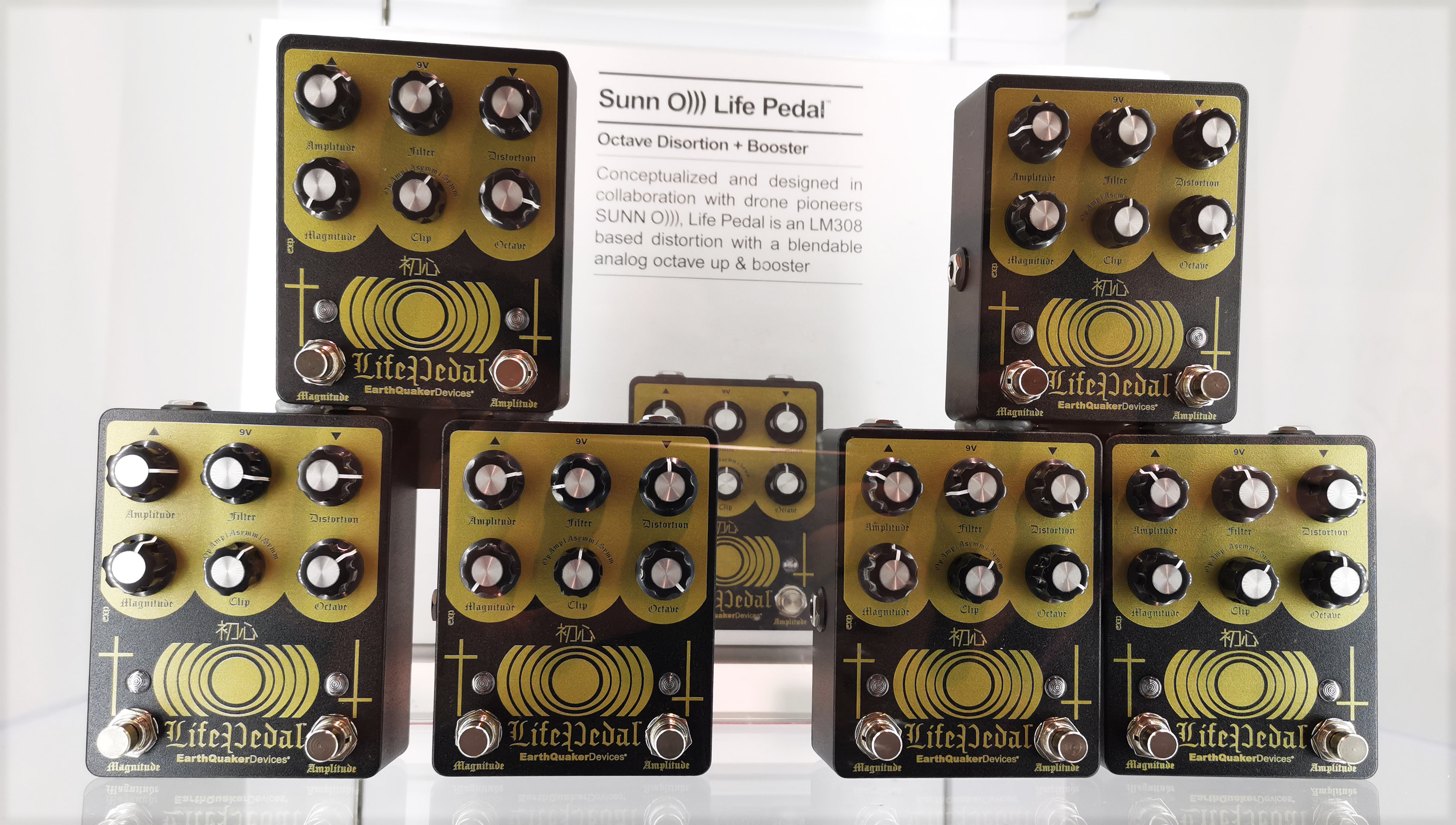
NAMM 2020: The effects section of NAMM is a deafening roar of sound and smorgasbord of colourful and creative stompbox designs. Some visitors never truly return from the experience and picking through the highlights requires discipline. But we've done it and here they are… beware, some of them are out there even by NAMM standards.
WINNER: [Effects]: Neural DSP Quad Cortex
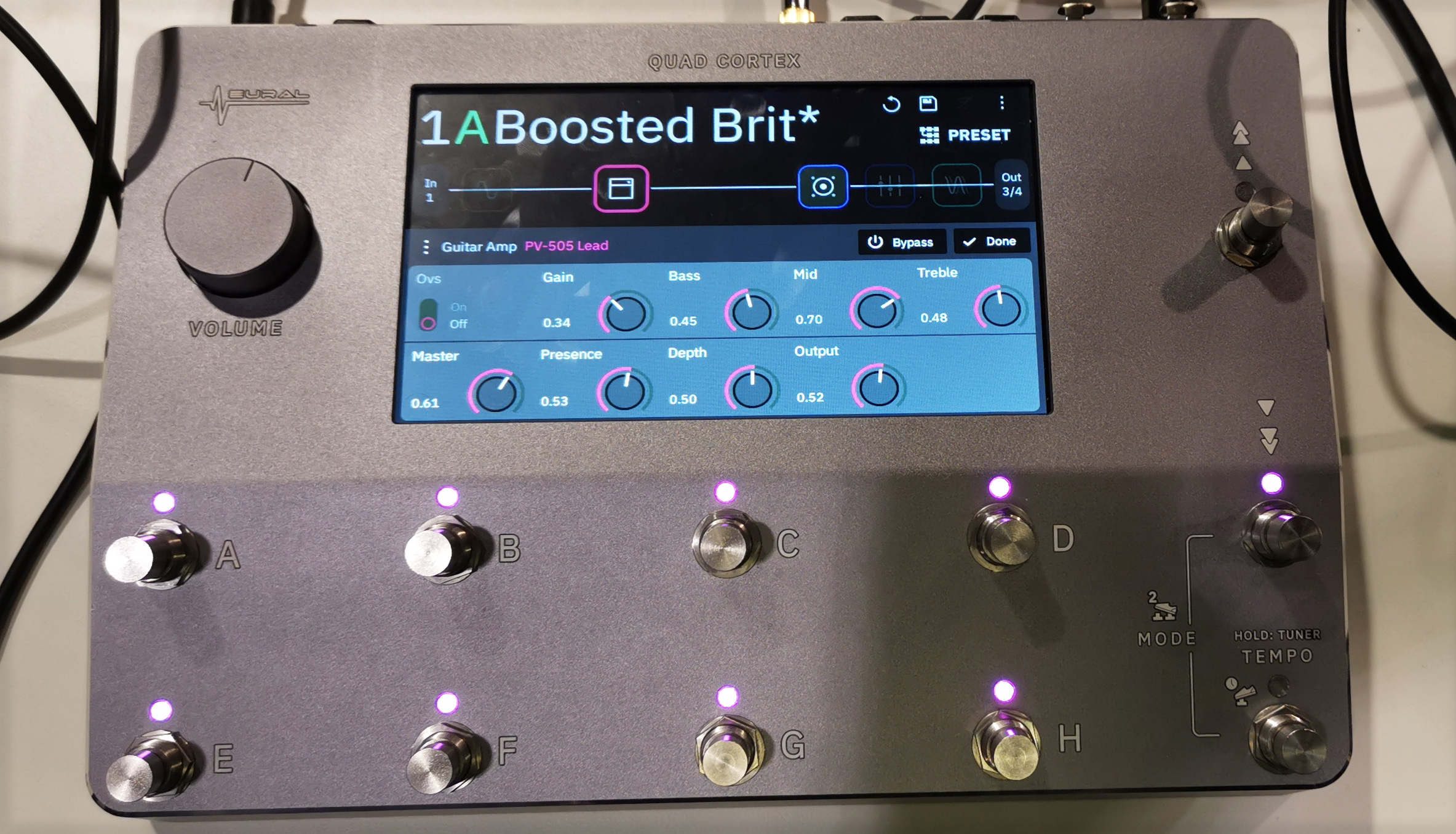
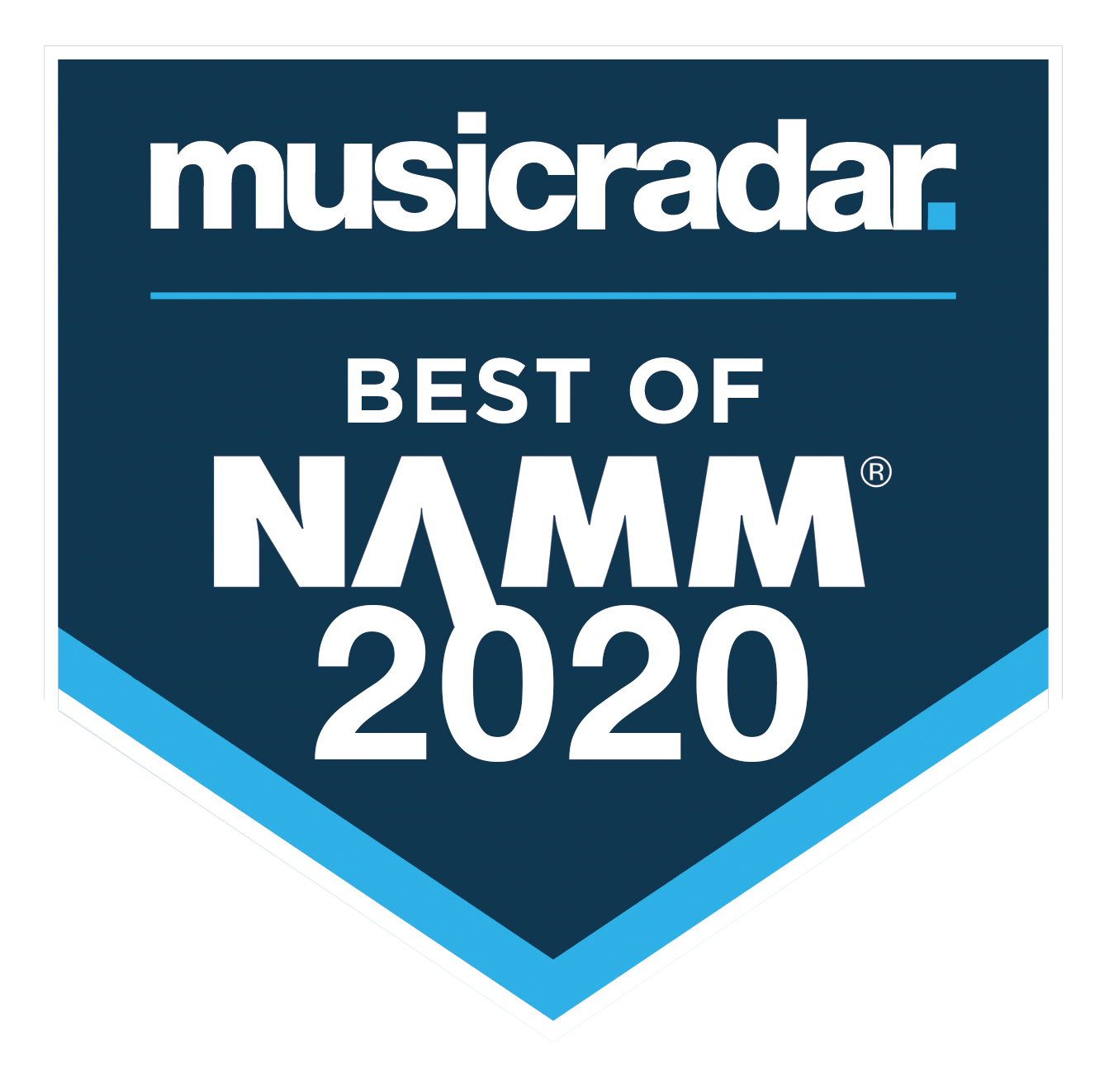
Unexpectedly, Neural has entered the increasingly fierce modelling and effects unit arena and they have quite a fighter here.
Moving from plugin prowess collaborating with Darkglass and artists including Plini, the Finnish team brought its first piece of hardware to the show. It had two demo units and there was quite a buzz around them.
The Quad Cortex amp modeller and multi-effects unit features 50+ amps, 70+ effects and 1000+ IRs powered by 2GHz of dedicated SHARC and dual ARM DSPs.
These also run the firm's biomimetic "Neural Capture" tech and this is when it gets really interesting; it mimics the way the human ear perceives sound to deliver "the most comprehensive and detailed detection system, and the most accurate and powerful digitised rigs on the market."
We were very impressed by what we heard and If they can deliver on the claims elsewhere this year, the $1599/€1599 unit could be one to beat.
Read more: Neural DSP's AI-powered floor modeller is 'Vulgar Display of Power'
Get the MusicRadar Newsletter
Want all the hottest music and gear news, reviews, deals, features and more, direct to your inbox? Sign up here.
WINNER [Innovation]: Gamechanger Audio Light
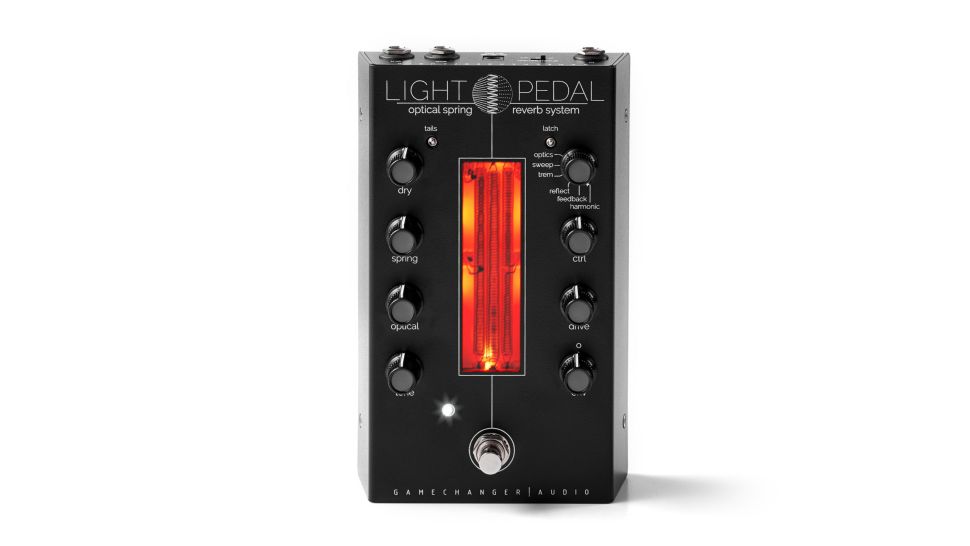

What does being the world's first ever ‘optical spring reverb’ actually mean? The best of the old and new it seems; a traditional analogue reverb tank in the Light pedal is fitted infra-red optical sensors in order to “to harvest the full timbral and harmonic range of a spring reverb tank.”
According to Gamechanger Audio, in more traditional spring reverb designs much of the audio signal’s harmonic details are lost in the process of converting the audio into mechanical energy.
Gamechanger places its sensitive optical pairs at specific places on the spring, and claims it is able to capture a wider range of frequencies, harmonics, overtones and textures in tour sound as a result.
And of course it looks very cool too…
Like the Latvian's Plasma Pedal and Motor Synth there's some visual panache going on here as you'll see in the video when the visible reverb tank lights up. But it also sounds as good as it looks on first impressions.
The detailed overtones we heard went much further than the standard spring reverbs we'd encounter. There are plenty of controls on the front panel for shaping your sound too and a mode dial that can switch between effect types to capture sounds including tremolo, modulated reverb and harmonic shimmer.
We can't wait to spend some quality time with this one.
Read more: Gamechanger Audio unveils its Light Pedal, the first ever ‘optical spring reverb’
Nobel ODR-1 Bass Cut
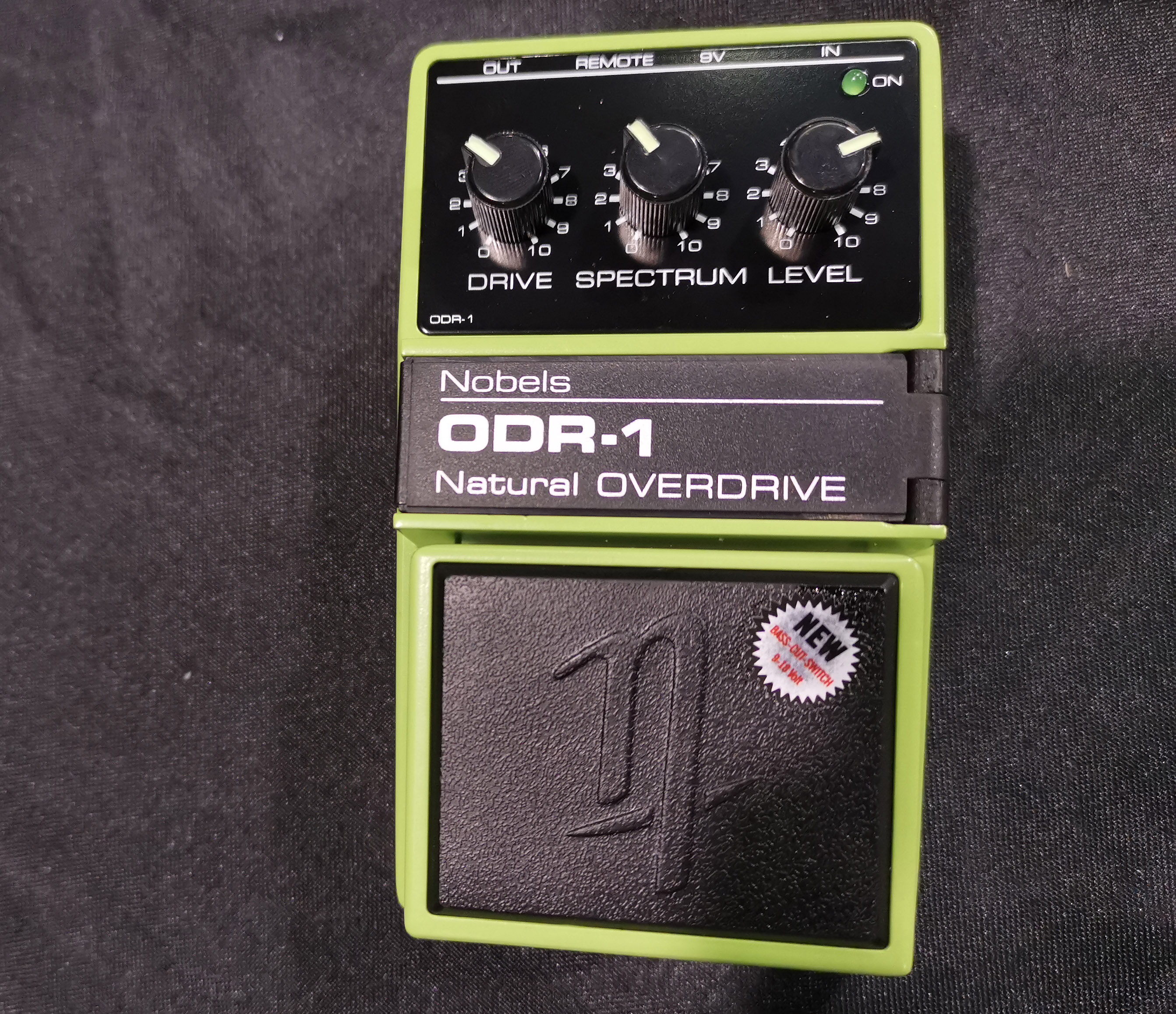
The Nobels ODR-1 overdrive is a firm favourite with players who are overdrive conosaiers, and can often be found on the 'boards of session guitarists who need its wide range and sensitivity to their guitars' volume controls. Now it's improved.
The German brand have added an internal Bass Cut switch under the pedal's battery cover to offer added control over your low end.
There's also an internal power circuitry upgrade to allow for 9-18 V capability and allow extra headroom, if you want it. Quite a deal for £99 / approx $129.
Read more: Nobels' highly-rated ODR-1 overdrive gets a new Bass Cut edition
Earthquaker Devices Afterneath V3
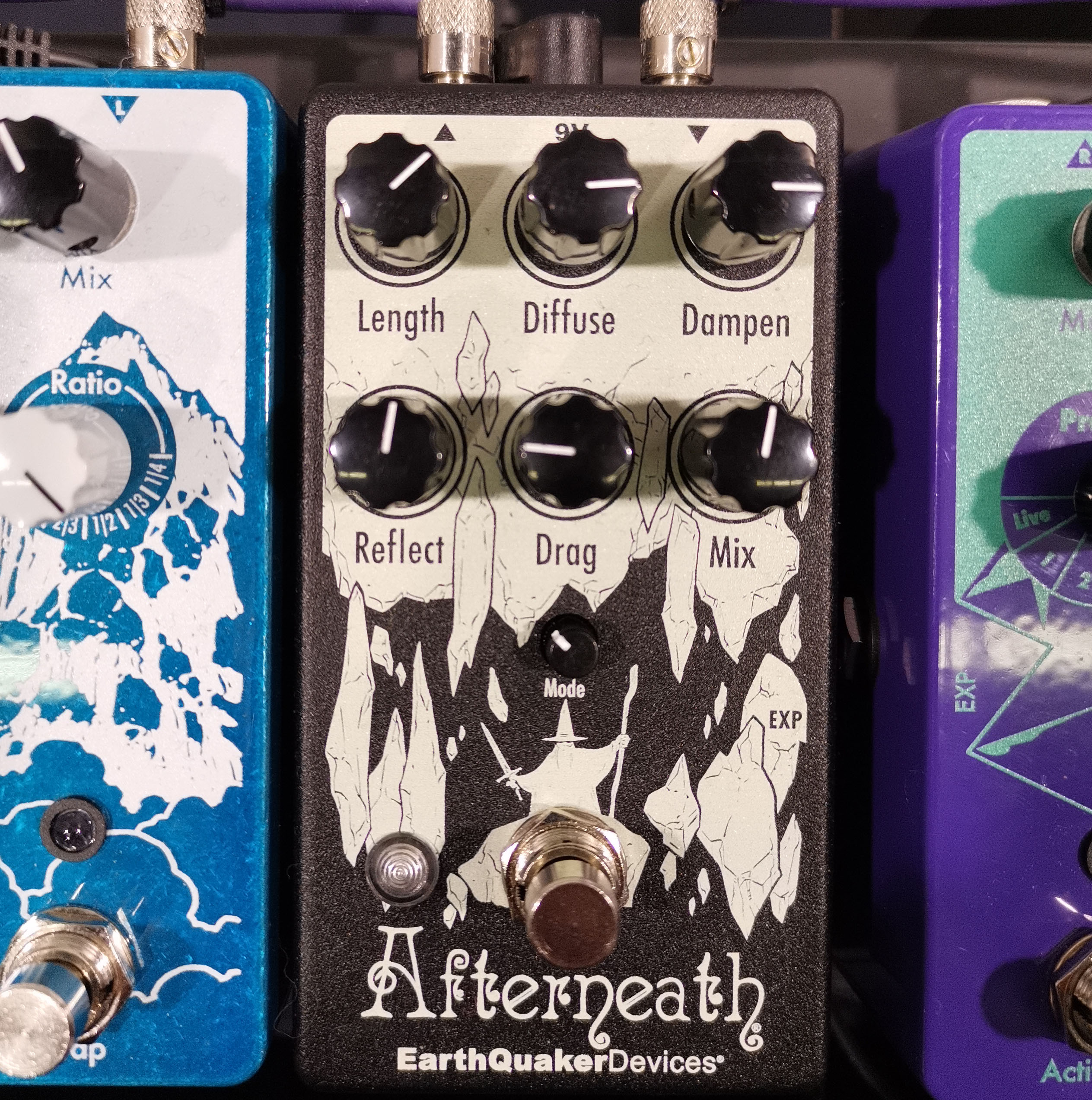
There's almost too many options for great reverb pedals now. How do you choose? Earthquaker Devices are only adding to the dilemma here for experimentalists with a great pedal beloved by players including Chelsea Wolfe… but improved again.
We'll let Earthquaker explain and play in our show floor demo…
Read more: Introducing the new reverberating superpowers of EarthQuaker Devices' Afterneath v3
Line 6 POD Go
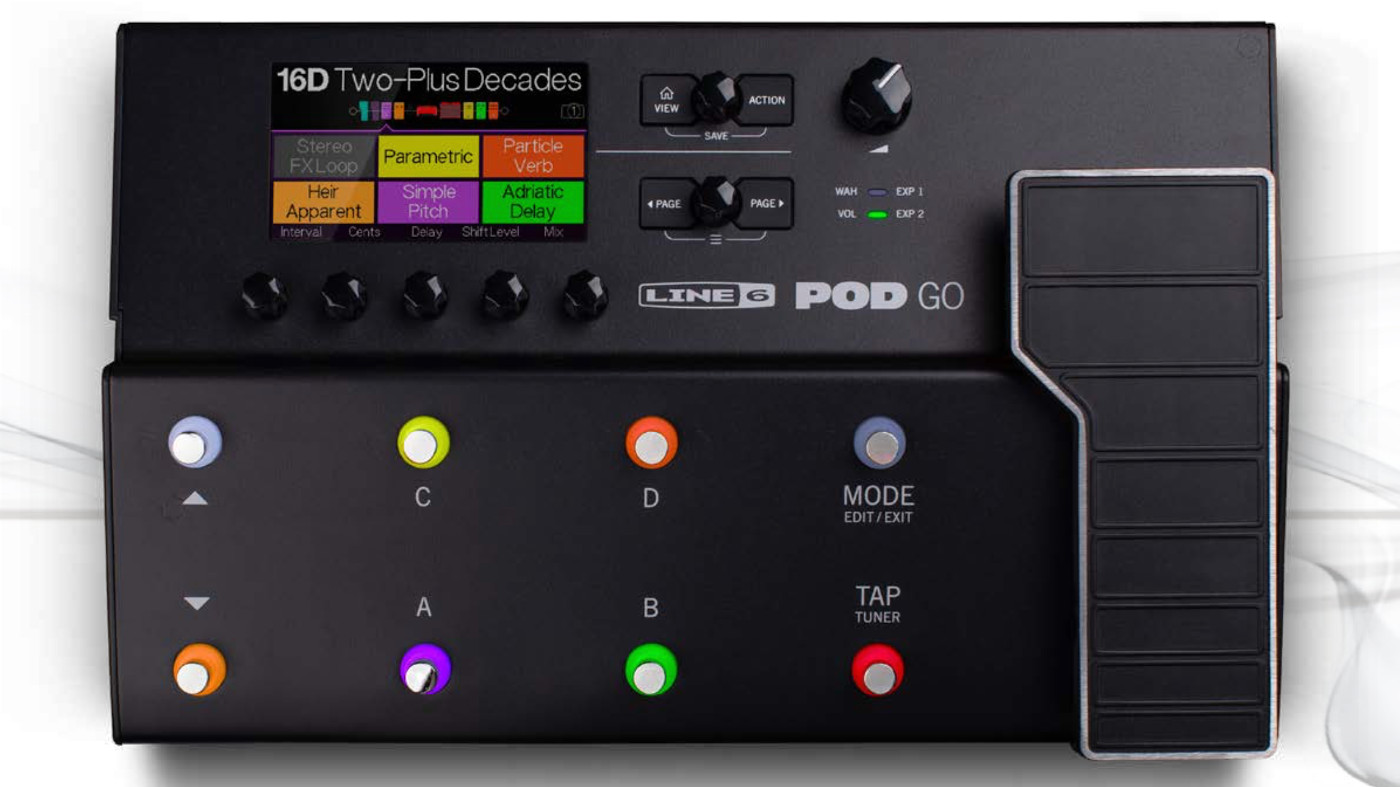
A POD?! Hang on, aren't we in the Helix era now? We have to admit, it's a puzzling branding move on paper but perhaps it would have added too much confusion to the existing four-unit Helix line.
Nevertheless the specs and form factor impress and might be the Line 6 unit some players have been holding out for.
A user-friendly LCD screen with colour coded patch displays reflects the the eight footswitches and keeps things nice and clear for players. And under the hood there's the same modelling power as the Helix.
Other features include five push encoder knobs and an expression pedal and connectivity to cover you live and as an 24-bit/96kHz audio interface too.
Read more: Line 6 announces POD Go portable guitar processor
MXR Timmy mini overdrive
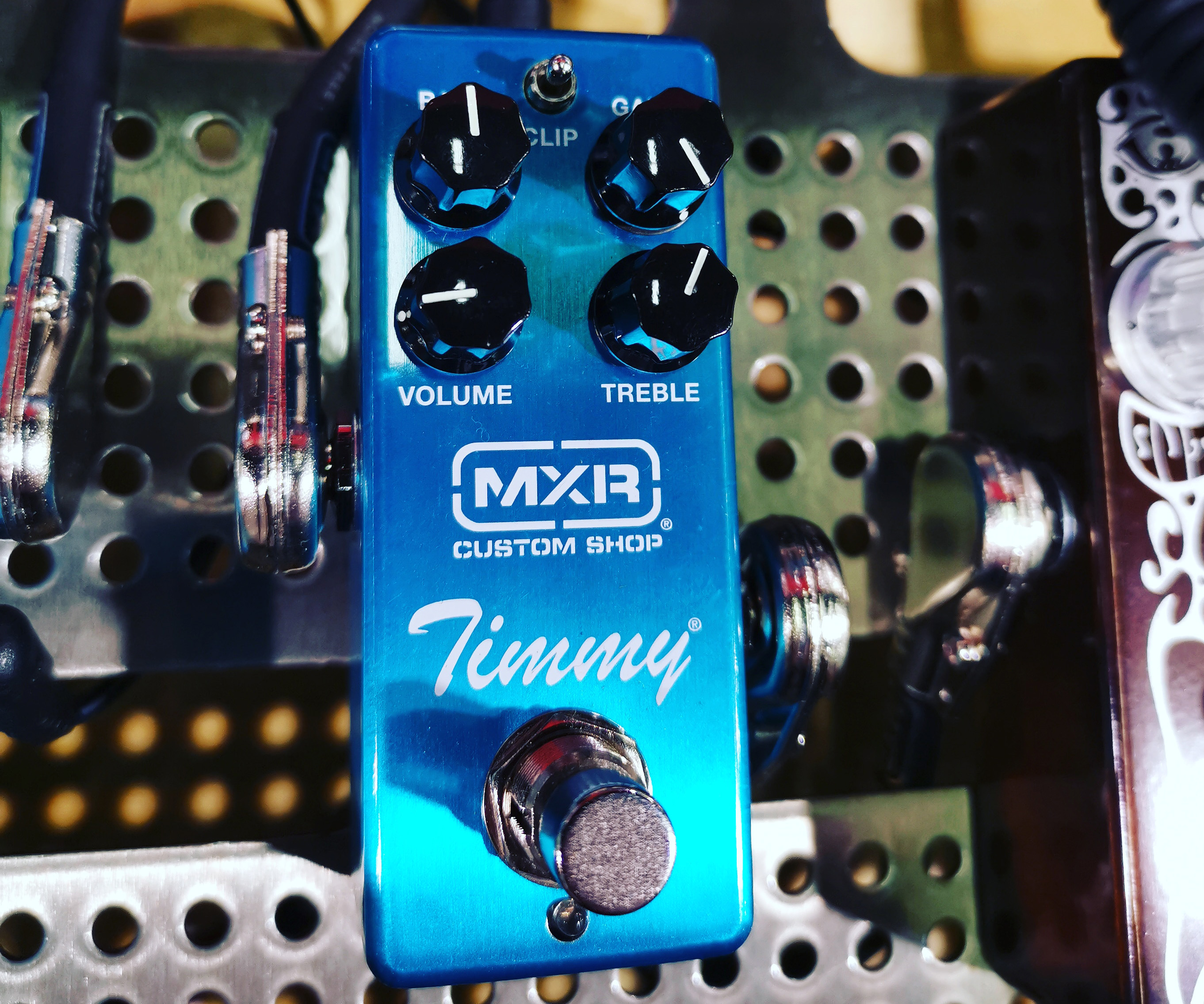
Paul Cochrane's fabled low gain Timmy overdrive can be a tricky one to track down new on the market, so the news MXR have partnered to create a smaller version at $130 is welcome news indeed.
Read more: MXR has made a Timmy mini overdrive pedal with Paul Cochrane
Beetronics Fatbee Overdrive
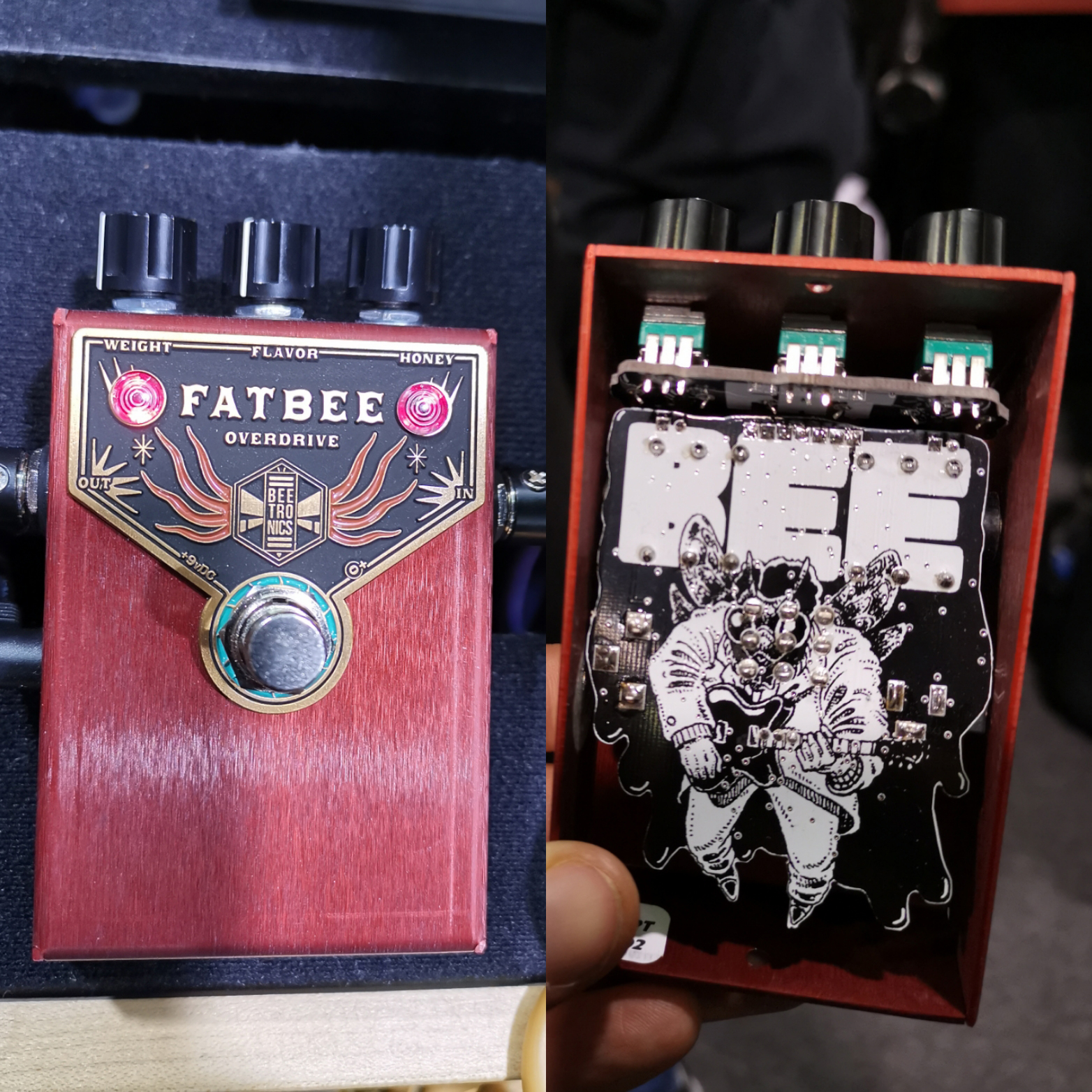
Apart from the amazing detail of placing a 'Bee Bee King' on the circuit board inside the Fatbee's casing, there's more good news here.
The Fatbee Overdrive is the first in Beetronics' new, more affordable Babee series (price TBC) that will feature smaller footprints.
The pedal uses JFET transistors to create tube-esque character and the pedal encourages breakup control via the player's guitar volume control. And, as ever, Beetronics embraces its theme with the controls here; Weight (master volume), Flavor (tone) and Honey (gain).
Danelectro Roebuck distortion, Back Talk reverse delay and 3699 fuzz
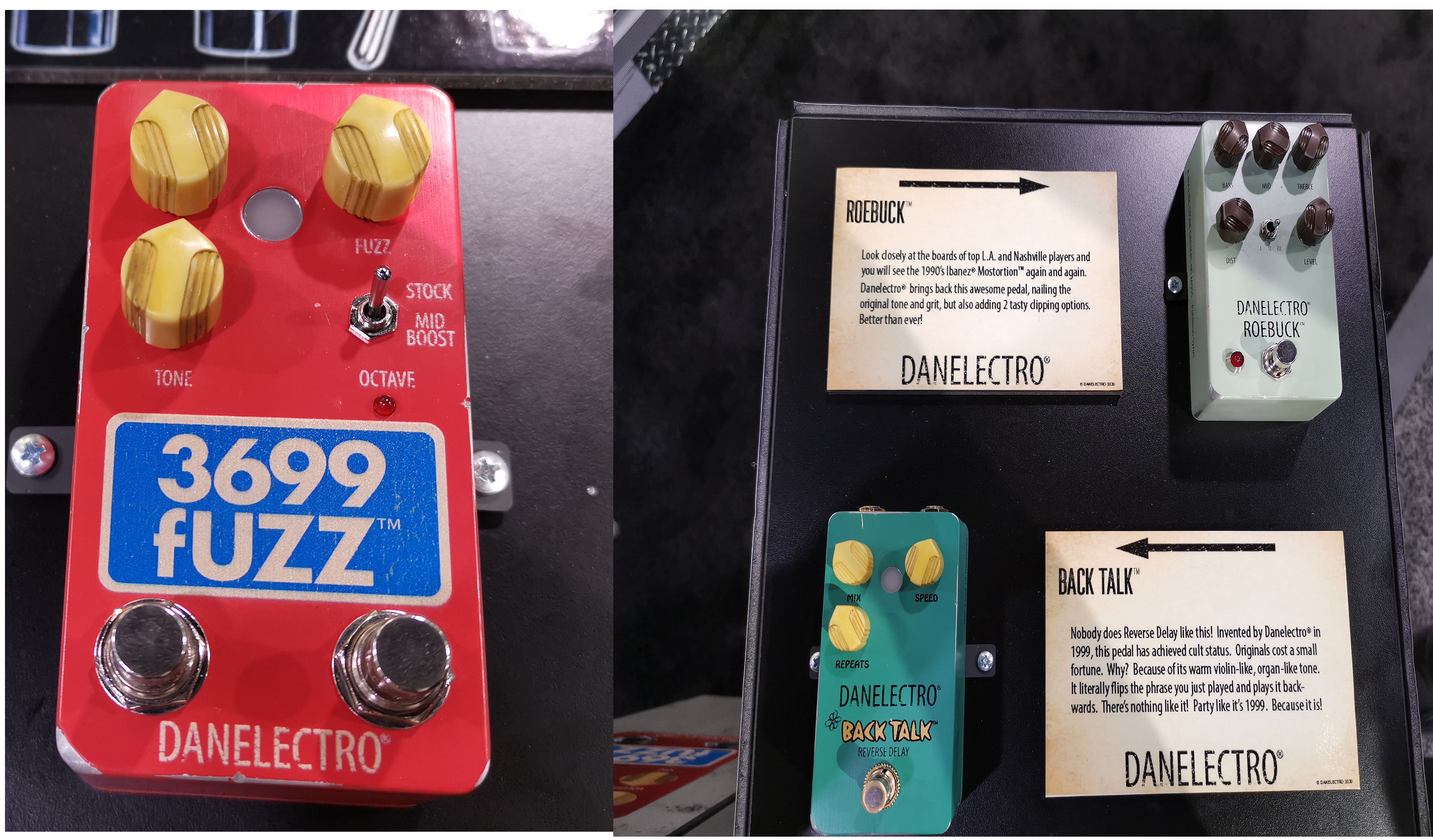
Three new Danelectro pedals at once? Well it's NAMM so why not! There's quantity and quality here too with the boutique circuits on offer.
The 3699 Fuzz is a comeback of sorts – Danelectro's French Toast reborn, itself based on the Foxx Tone Machine. Danelectro's president Steve Ridinger was actually the man behind that and the new fuzz promises warmer octave fuzz fun with switchable mid boost.
Dano's Back Talk is a reissue of its own reverse delay, while the Roebuck is the company's take on the Ibanez MT10 MOSFET distortion.
The 3699 Fuzz, Back Talk Reverse Delay and Roebuck Distortion are all based on classic designs: the Foxx Tone Machine (previously seen under the Dano badge as the French Toast); Dano’s own revered Back Talk; and the Ibanez MT10 MOSFET Distortion, respectively.
LR Baggs Soundscape
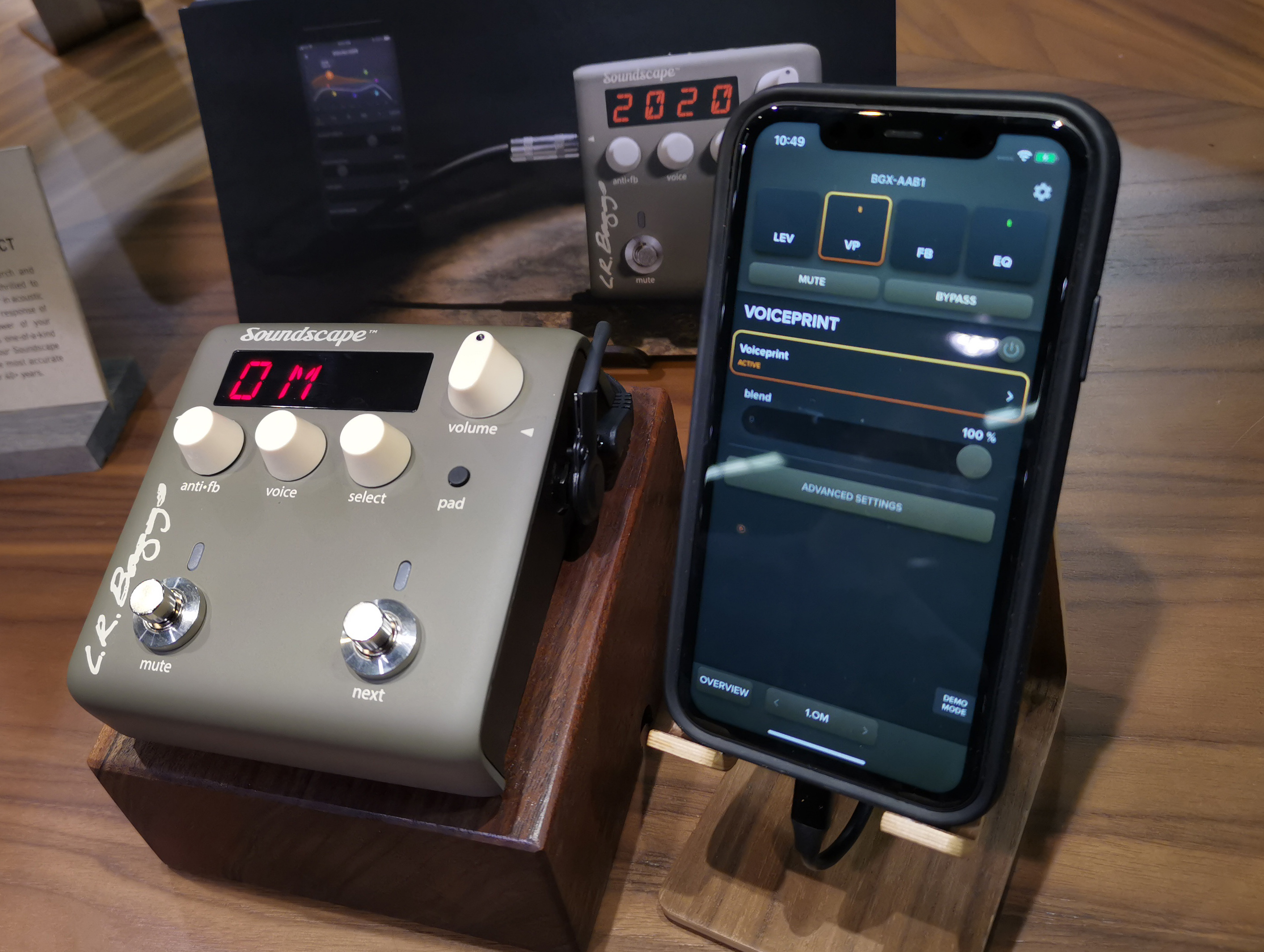
Finally, something for acoustic players! Though this is less an effect and more a basis for your whole plugged in sound.
The Soundscape captures its own version of an impulse response of your acoustic guitar through the Acoustic Live smartphone app, and via the wonders of its algorithm it then translates that to the pedal itself. This can then be blended as desired with EQ tone shaping.
We only tried it through headphones at the show and that's really no way to judge acoustic tone so we're looking forward to testing this ourselves for a MusicRadar review.
Read more: Is LR Baggs about to change the game for acoustic guitar tone with Soundscape?
Korg Nu:Tekt OD-S kit
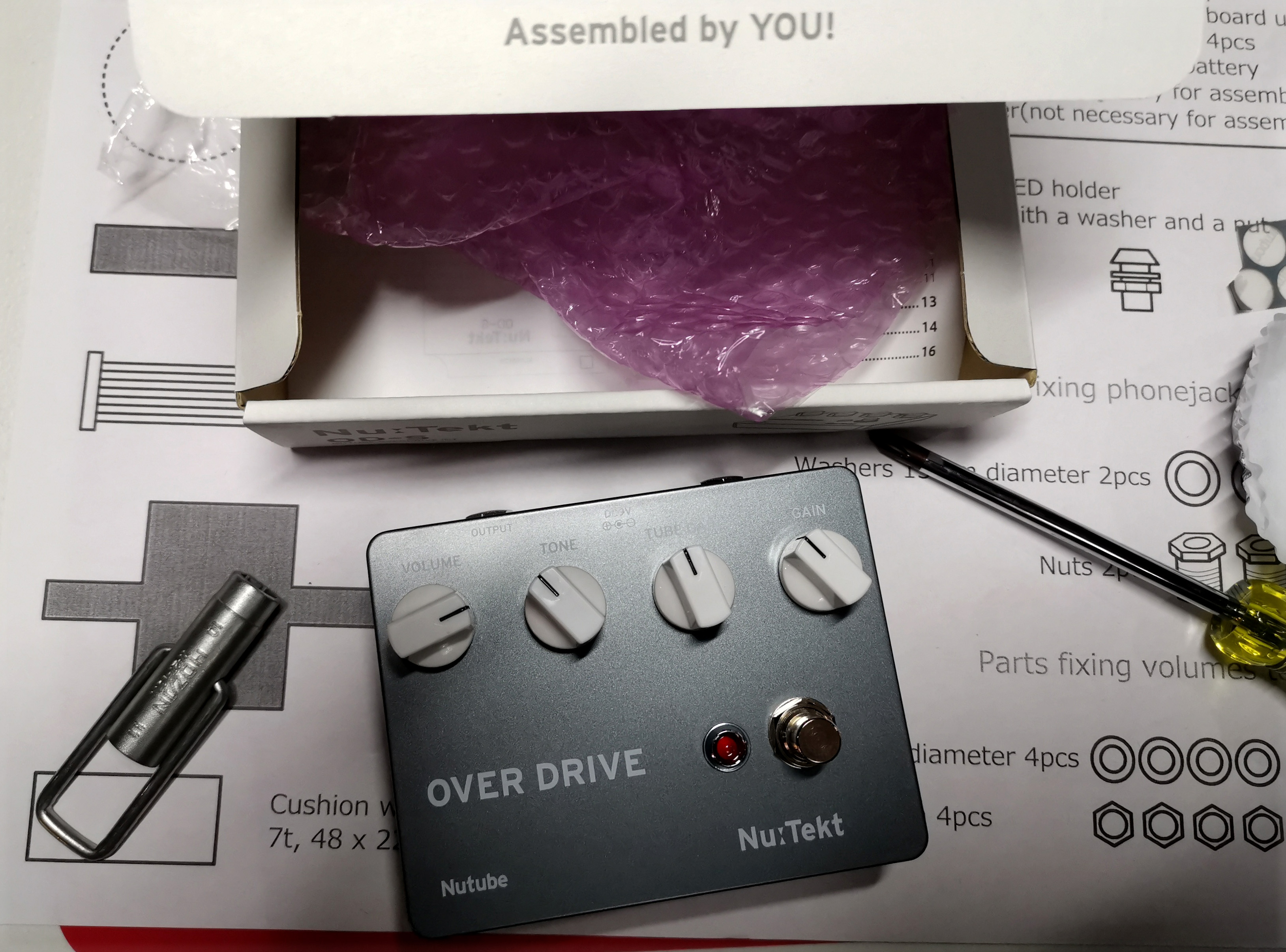
Assembling your own overdrive pedal sounds like tonehound Lego and so it proved when we had a go ourselves on a solderless kit, as you can see below. Korg claimed it can be in done in 45 minutes, and that may actually be an overestimate for some – especially after we made a small error with a battery cable and had to backtrack a few steps.
That's our excuse for GuitarWorld.com beating us anyway.
Read more: With Korg’s Nu:Tekt OD-S kit, anyone can build their own overdrive pedal
The Rainger FX Minibar Liquid Analyser
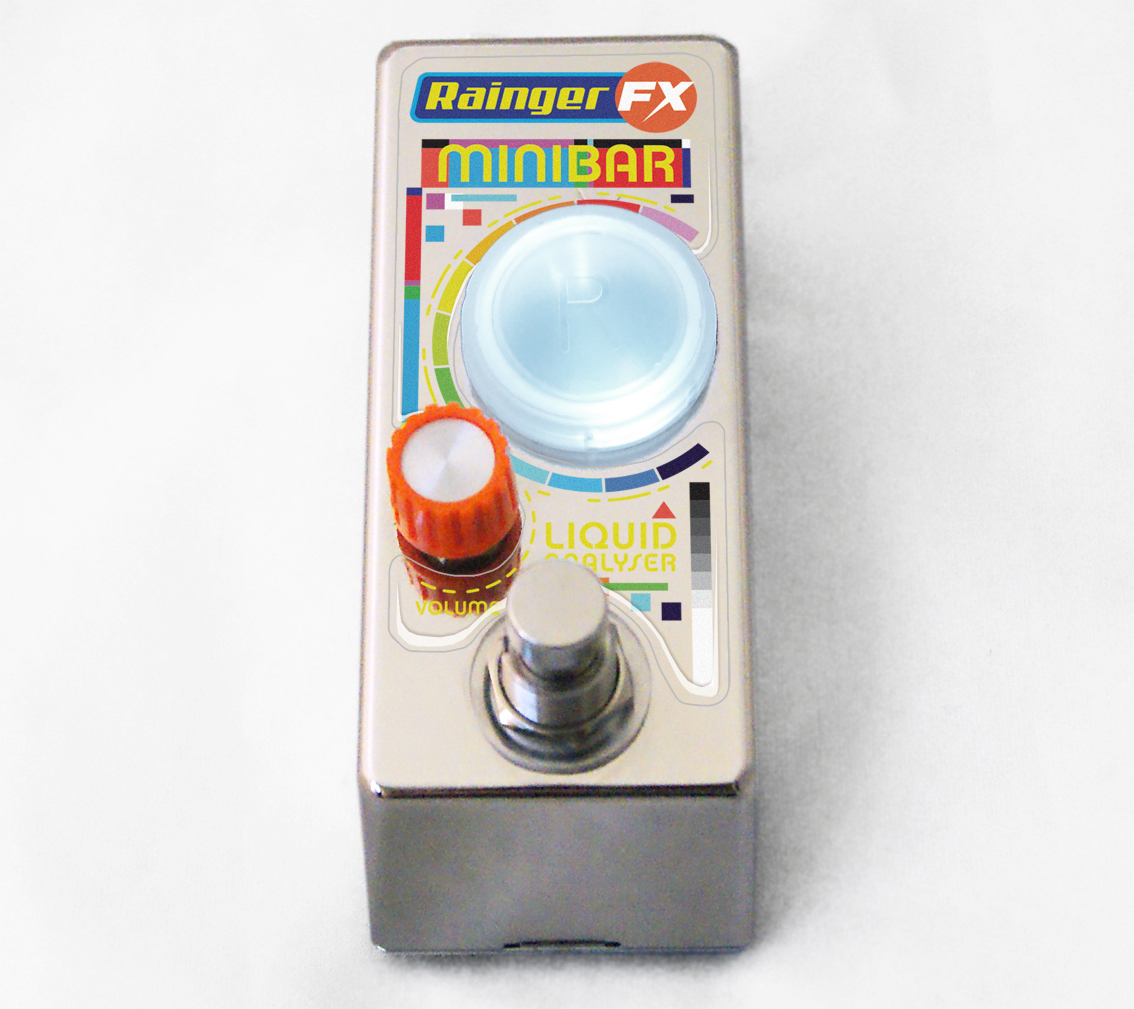
A pedal you pour your beer into? Ok, this is an odd one even for NAMM. We'll let the video explain Rainger's brilliantly leftfield idea…
Ibanez Flanger Mini, Tremolo Mini and Echo Shifter delay
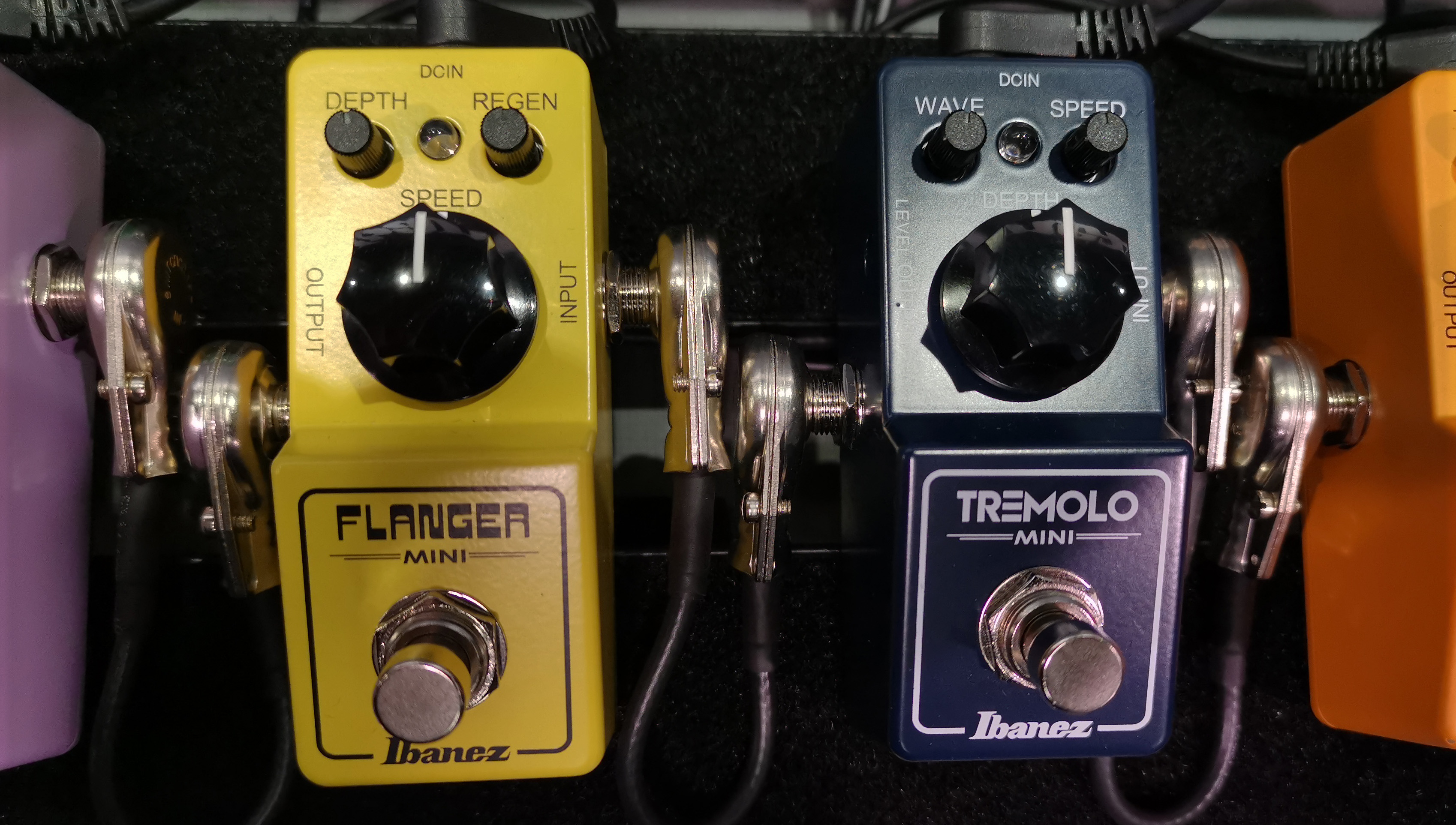
Ibanez had a very busy NAMM, away from the guitar action they had three new effects to showcase. Well, two are technically old cult favourites…
The Flanger Mini is the latest edition in the company's downsized series and it's clerly inspired by the Ibanez FL9 from the eighties. Its width control is now called depth, alongside speed and regen knobs.
The Tremolo Mini seems to be a fresh take with wave, depth and speed controls. The pedal also includes an internal level trimpot that helps to prevent volume loss that can occur with tremolo when using deeper depth settings.
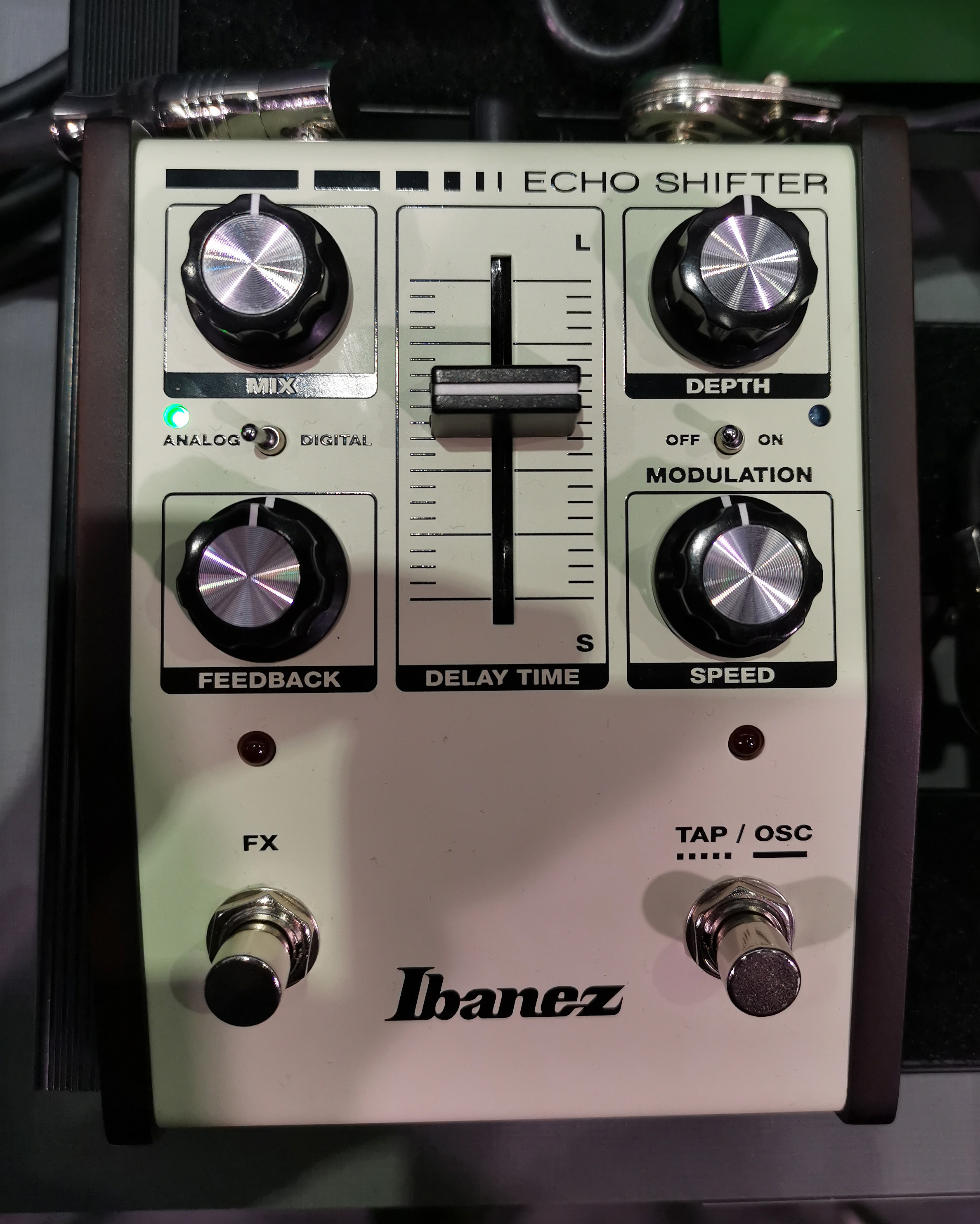
Thirdly, we have the third iteration of the Echo Shifter delay. The ES3 features both delay and analogue and digital delays and you can now self oscillate via the pedal's tap tempo footswitch. Up the ante further with the delay time slider. This could be a great one for post-rock players.
Mooer GE300 Lite
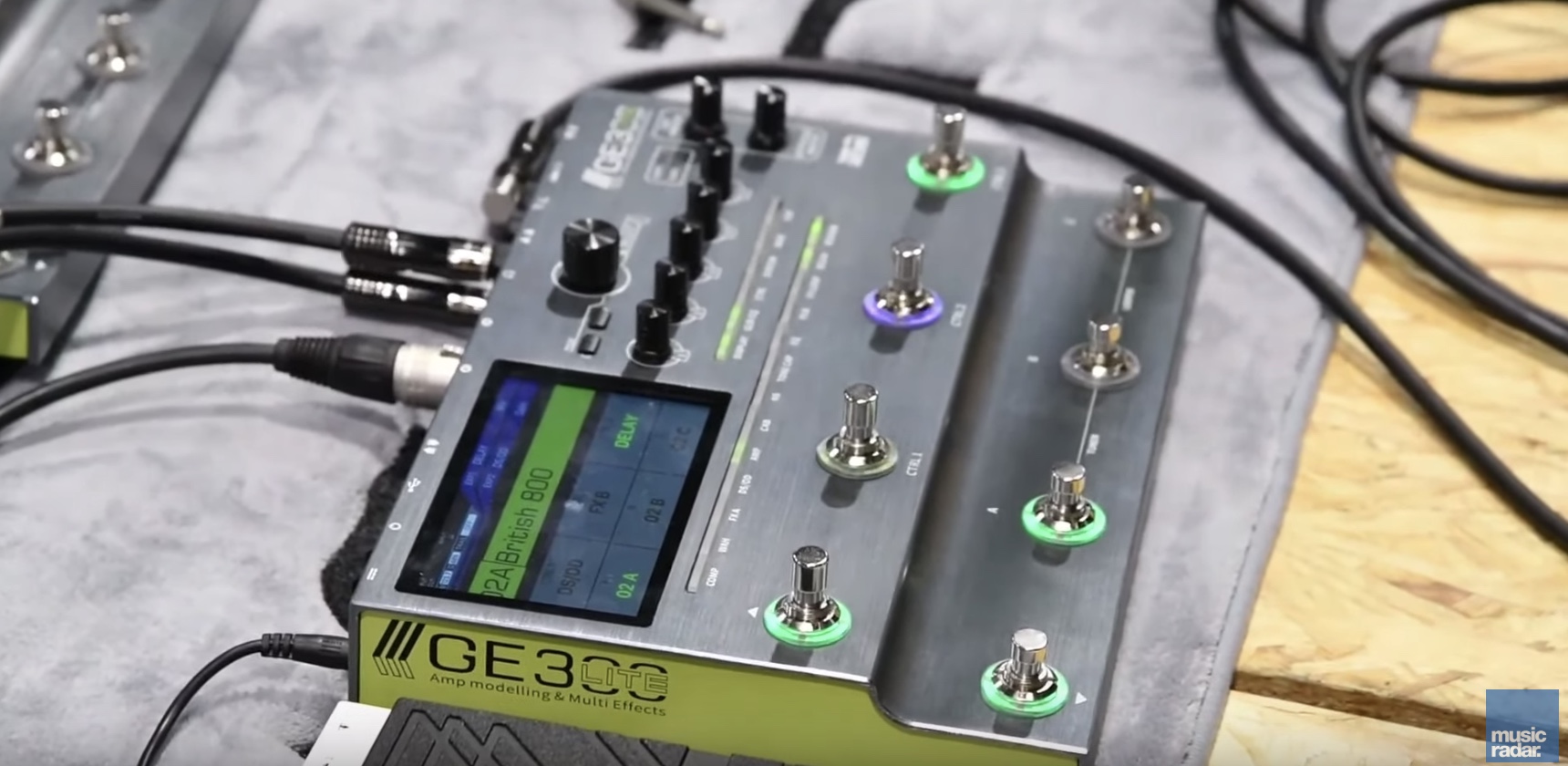
Mooer is in the effects / modelling processor business for the long haul and continue to expand the line each year. It has slimmed down the flagship GE300 here, and the Lite is due "late summer" with a price somewhere between its GE250 and the original GE300.
It loses the expression pedal but there's still a comprehensive array of features showcased here in our video. Despite the somewhat out of tune demo guitar… ahem, you can't win them all!
Earthquaker Devices Life Pedal V2
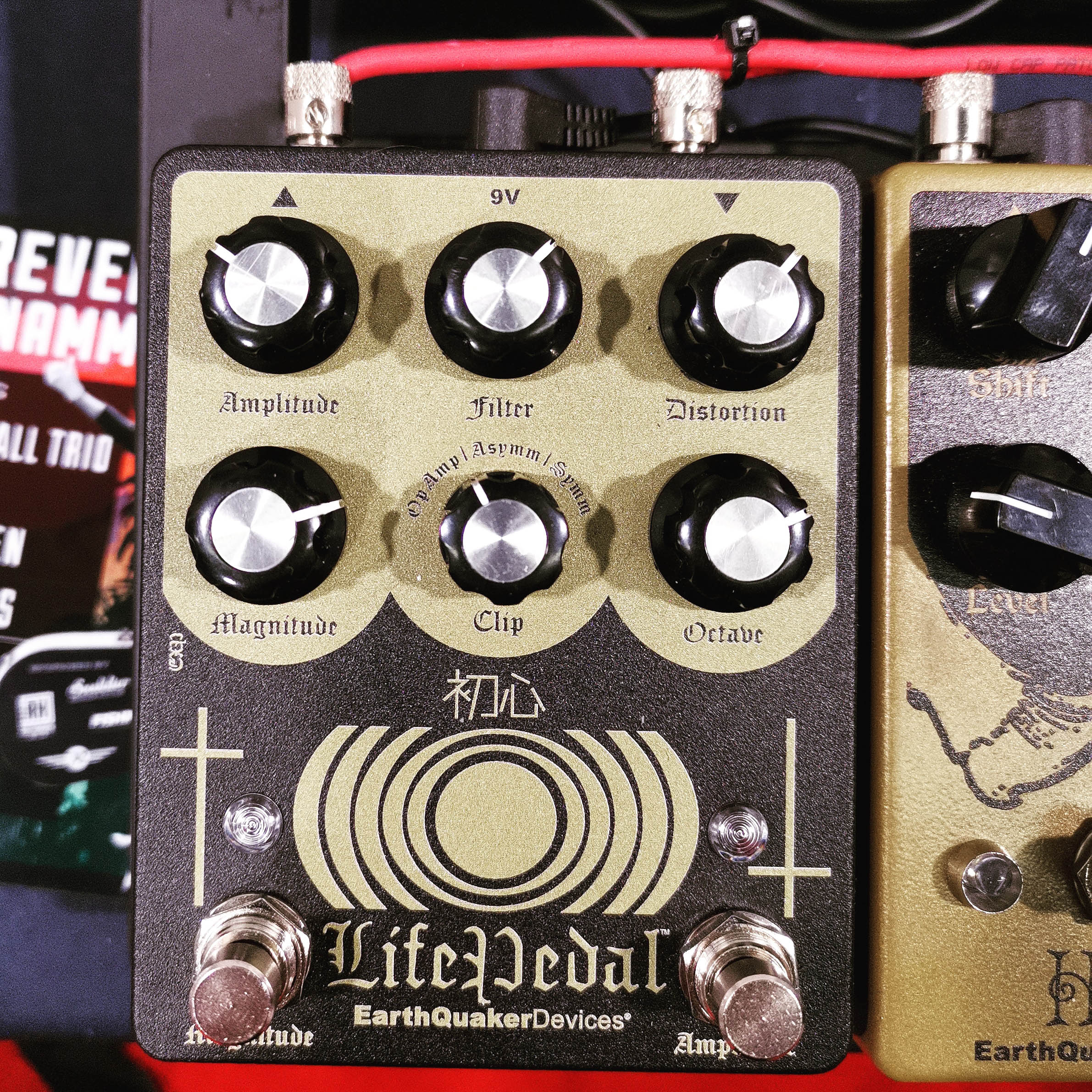
After the first version sold out in 10 minutes via Reverb.com, the follow-up slims down this unique pedal (a distortion with a blendable analogue octave up and a booster based on Sunn O)))'s signal chain) and actually adds three new features in V2. And how cool does it look?!
The three new elements are expression pedal control over the octave blend and Flexi-Switch Technology on the relay-based true bypass footswitches. Analogue octave blending is also included.
The V2 run is 2,500 pedals at $269 / £289 each and then that's it. We're already expecting opportunities to bag one to be scarce. So move fast, folks!
Read more: Earthquaker Devices unleashes V2 of Sunn O))) Life Pedal
Walrus Audio Mako Series D1 Delay
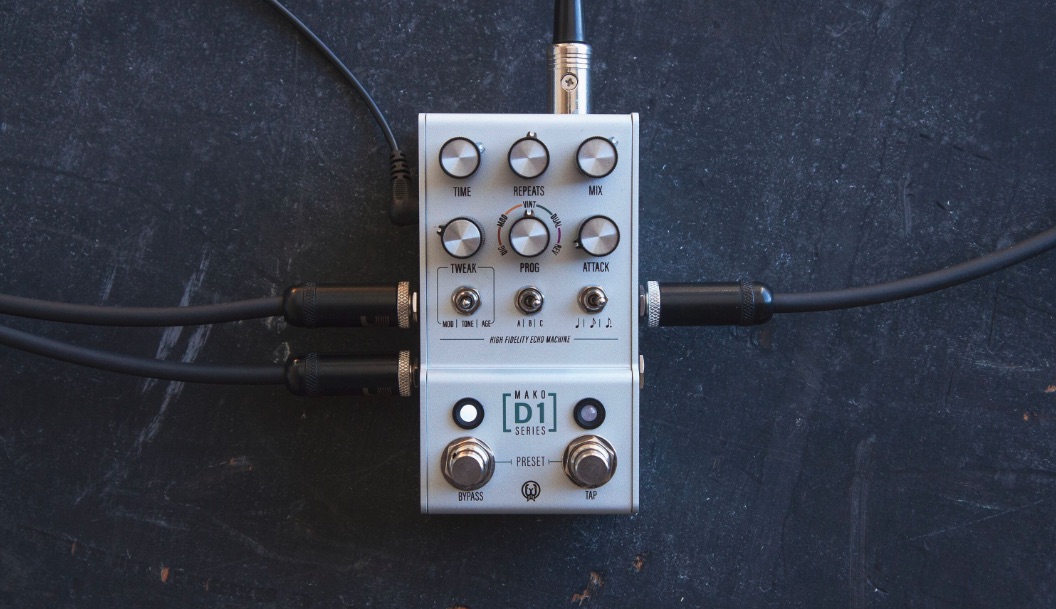
Beetronics weren't the only effects company launching a new series at the show, Walrus Audio lifted the lid on the first pedal in its new Mako series. Its D1 ($299) is a its first true stereo in/out and MIDI controllable pedal.
This do-it-all delay has five custom-tuned programs; Digital, Mod, Vintage, Dual and Reverse. These can then be shaped with modulation, tone, age and subdivision controls.
The D1's Attack control can then soften or enhance the impact of echoes. The Age control can add grain and grit to your delay tone if required.
Walrus manager Jason Stulce went through the pedal's features with us on a very noisy NAMM show floor. Check the video after for a sound demo.
JHS Effects Paul Gilbert PG-14 distortion
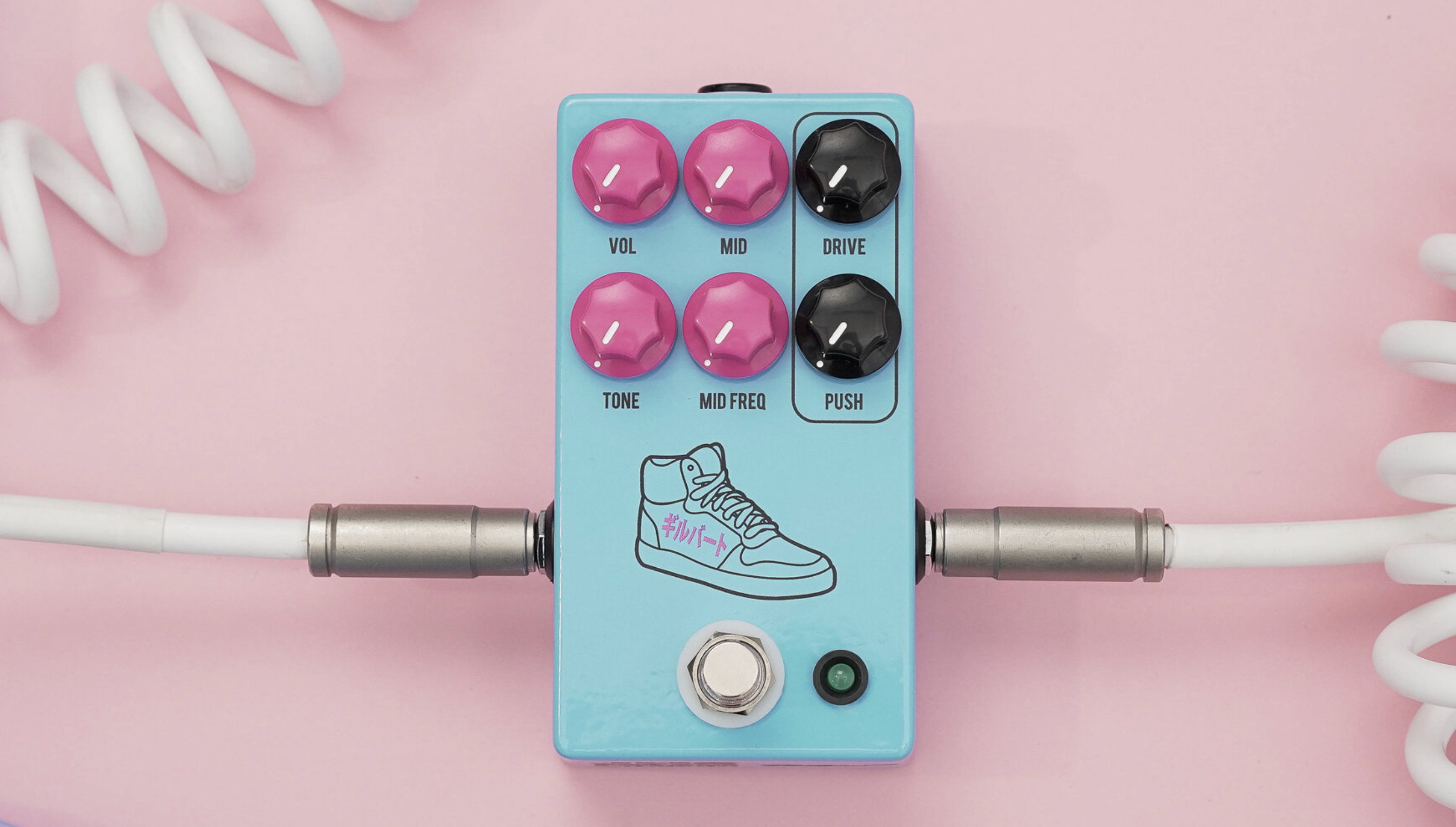
The most significant distortion unit launched at the show, the PG-14 is the meeting of minds between Gilbert and JHS honcho Josh Scott. It's breadth and versatility with wide mid sweep could prove to be a mainstay on many 'boards.
We know it's good because Paul Gilbert's enthusiasm about it is so damn infectious…
Read more: The JHS Effects PG-14 Paul Gilbert signature distortion is here

Rob is the Reviews Editor for GuitarWorld.com and MusicRadar guitars, so spends most of his waking hours (and beyond) thinking about and trying the latest gear while making sure our reviews team is giving you thorough and honest tests of it. He's worked for guitar mags and sites as a writer and editor for nearly 20 years but still winces at the thought of restringing anything with a Floyd Rose.
“A fully playable electro-mechanical synth voice that tracks the pitch of your playing in real time”: Gamechanger Audio unveils the Motor Pedal – a real synth pedal with a “multi-modal gas pedal”
“Instead of labouring over a perfect recreation, we decided to make an expanded counterpart”: Chase Bliss teams up with Mike Piera for Analog Man collab based on the legendary King Of Tone









